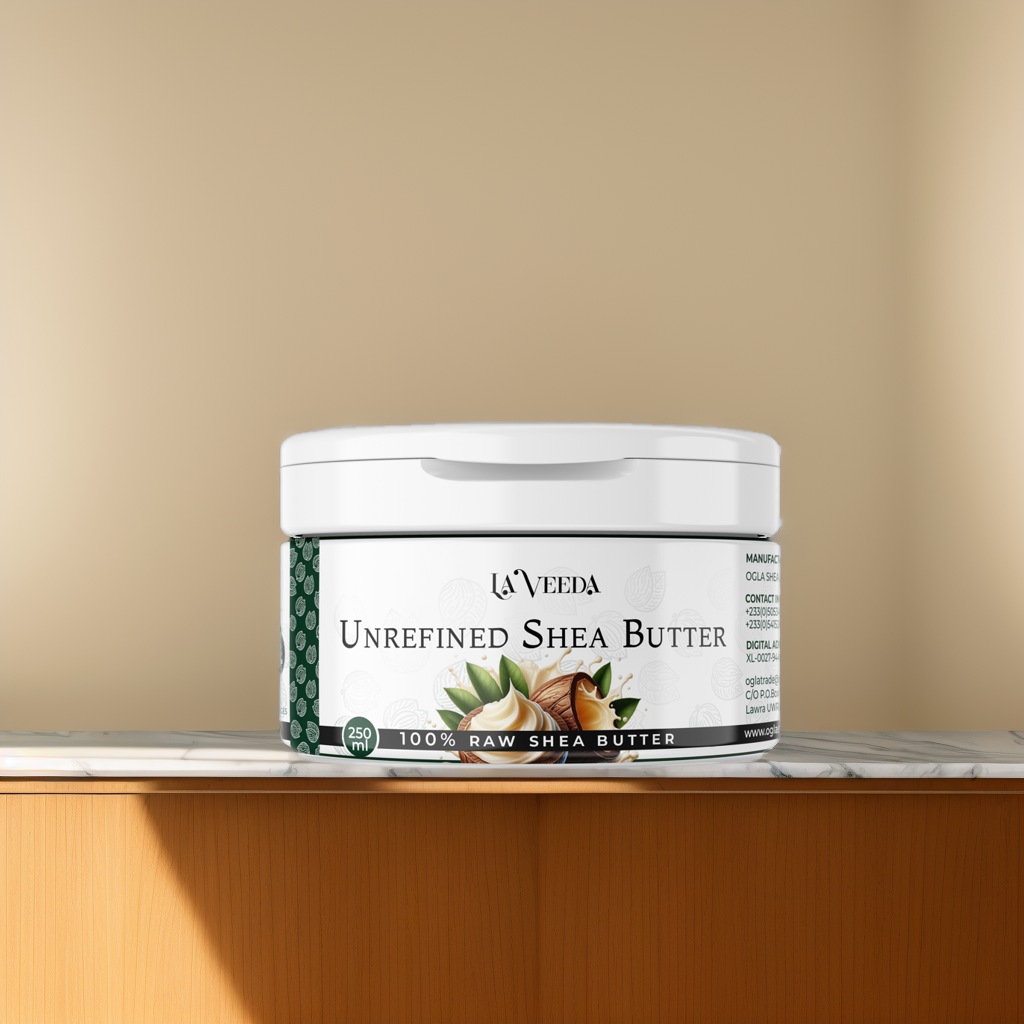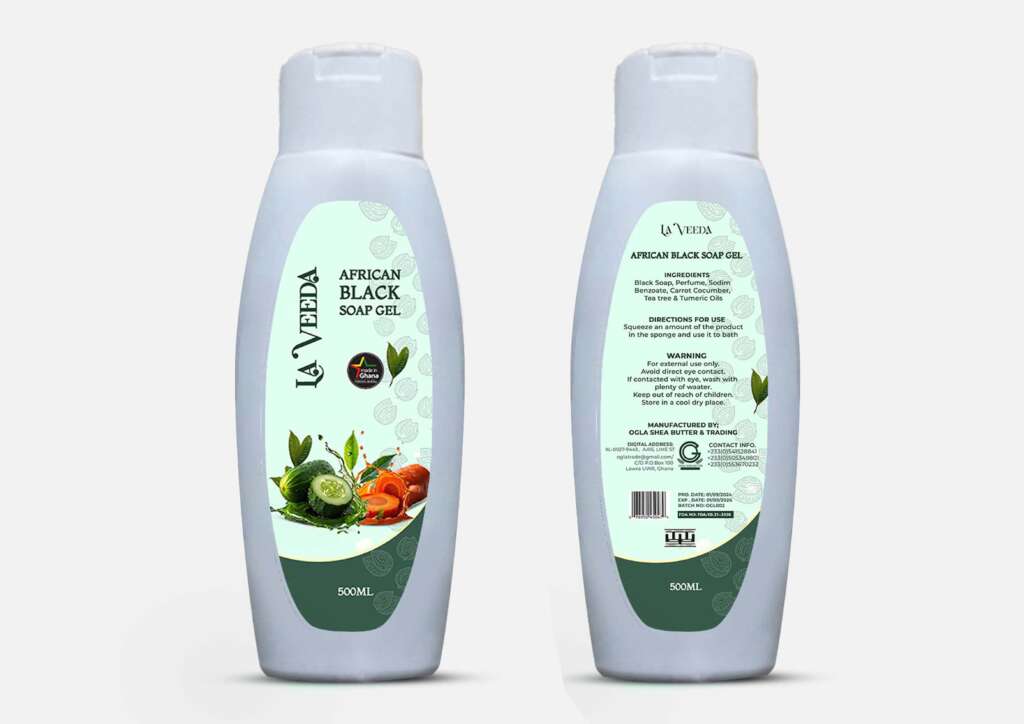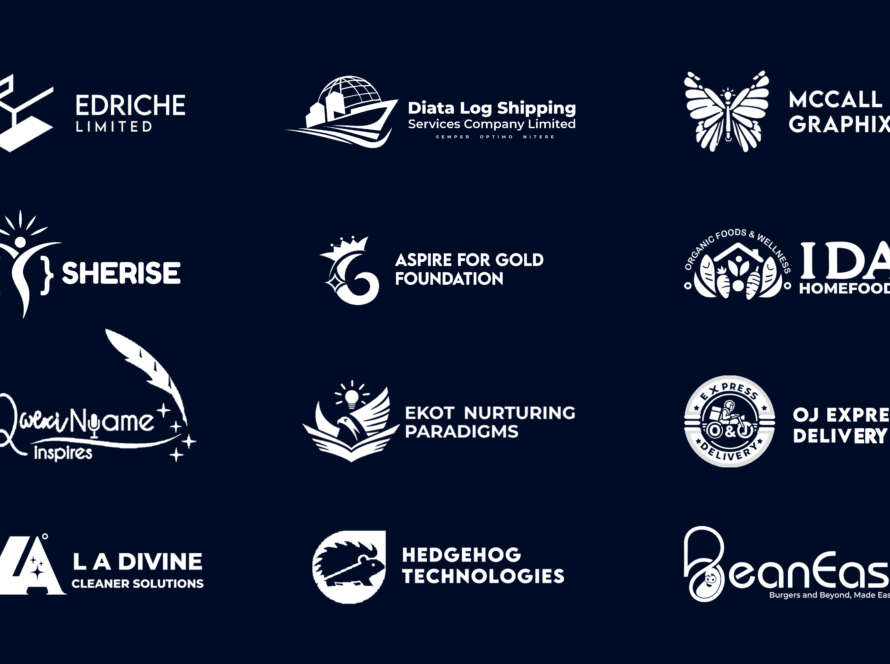Packaging design is more than just aesthetics; it’s about creating a memorable experience for your customers. In a competitive marketplace, the right packaging can set your products apart, making a lasting impression that drives brand loyalty and motivates purchases. Let’s explore some key aspects to consider when investing in packaging design for your products.


Understanding Your Brand Identity in Packaging Design
Before you even begin to think about the specifics of packaging design, it’s essential to grasp your brand identity. Your brand is not just a logo; it’s the personality of your products and how customers perceive you in the marketplace. By defining your brand values, mission, and vision, you create a framework that guides your packaging decisions. For instance, a company focused on luxury items may choose minimalist designs with high-end materials, whereas a playful children’s brand could opt for bright colors and engaging shapes. Understanding your brand identity will not only help you choose the right design elements but also ensure that all packaging resonates with the customers and gives them a cohesive brand experience.
Moreover, the psychological impact of colors and shapes in packaging cannot be underestimated. Colors evoke specific feelings and associations. A green package might signal sustainability and health, while red might evoke excitement and urgency. This connection is crucial, as it aligns directly with how effectively your packaging communicates your brand’s values. Remember, your packaging should act as an ambassador for your brand, telling your story and captivating your audience at first glance. By investing time in understanding your brand identity, you set the stage for packaging that not only looks good but also performs well in the competitive market.
You don’t know Your Target Audience!
Understanding your target audience is another key aspect of effective packaging design. It’s vital to know who your customers are, what they value, and how they interact with products similar to yours. For example, millennials often prefer eco-friendly packaging, while older generations may prioritize functionality over aesthetics. By segmenting your audience based on demographics, preferences, and purchasing behaviors, you can tailor your packaging to meet their expectations. Conduct surveys, study industry trends, and analyze competitors to gather insights that will inform your design choices.
Additionally, your packaging should resonate with customers on an emotional level. Think about how your product’s packaging can enhance their experience. Perhaps it tells a story that aligns with their values or includes elements that make it share-worthy on social media. For instance, unique unboxing experiences have gone viral, sparking interest and creating a buzz around brands. Engaging with your audience’s desires and preferences will lead to a packaging design that not only attracts customers but fosters loyalty and repeat purchases.
The Importance of Sustainability in Packaging
Sustainability is no longer just a trend; it’s an essential aspect of modern packaging design. Today’s consumers are more environmentally conscious than ever. More and more, they’re opting for brands that prioritize sustainable practices. This shift presents a unique opportunity for businesses to not only embrace eco-friendly packaging materials but also integrate sustainability into their brand ethos. For instance, bioplastics, recycled paper, and reusable packaging are options that can significantly reduce your ecological footprint. By committing to sustainability, you demonstrate social responsibility and can attract a loyal customer base that shares your values.
Furthermore, sustainable packaging often aligns with innovative design. Brands are finding creative ways to package their products using fewer materials without compromising durability. This not only keeps costs down but also appeals to the growing market of eco-conscious consumers. Highlighting these efforts on your packaging can enhance your brand image, allowing customers to feel good about their purchases while also enjoying a product that aligns with their values. In this age of conscious consumerism, incorporating sustainability into your packaging design is not just ethical; it’s a critical business strategy.
Creating a Memorable Unboxing Experience
An unboxing experience is a unique opportunity to make a lasting impression on your customers. This first encounter with your product can significantly influence their perception of your brand. A well-crafted unboxing experience engages multiple senses, creating a moment of excitement and anticipation. Consider including personalized notes, samples of other products, or even unexpected surprises that elevate the experience. This not only adds value to your product but also encourages customers to share their experiences online, creating organic marketing opportunities.
Moreover, designing for an unforgettable unboxing experience means thinking about every detail, from the outer packaging to the inner layers. Creative closures, clever use of colors and textures, and even scents can enrich the customer’s experience. Engaging the customer through storytelling or thematic design can turn a simple purchase into a memorable event. When you design packaging that delights and surprises, you’re not just delivering a product; you’re creating a moment that customers will want to share, thus attracting potential customers and fostering brand loyalty.
Choosing the Right Materials and Design Elements
Choosing the right materials for your packaging is critical in ensuring functionality and attractiveness. Every material has its own unique benefits and challenges. For instance, glass may offer a premium feel but could raise shipping costs. On the other hand, cardboard is lightweight and cost-effective, yet may not convey the same luxury vibe. It’s important to strike a balance between practicality and aesthetics based on your product and target audience. Investing in high-quality materials enhances the perceived value of your product, giving customers the sense that they are receiving something special.
In terms of design elements, don’t underestimate the power of typography and imagery. Your font choice and graphic design should align with your brand identity while being easy to read and appealing to your audience. Incorporating unique design elements can differentiate your brand from competitors. Whether it’s a logo that’s easily recognizable or images that evoke emotions, these elements work together to create a cohesive package. Moreover, ensure that your design integrates necessary information like ingredients, instructions, and safety warnings without cluttering the overall aesthetic. Thoughtful material and design choices reflect the quality of your brand and contribute to a strong first impression.
Letting Your Packaging Tell a Story
Packaging design offers a unique canvas for storytelling. Every aspect, from colors to textures and fonts, can contribute to the narrative your brand communicates. Think about what story you want your customers to hear when they interact with your product. A brand that emphasizes heritage might feature vintage designs and earth tones, while a tech startup may prefer a sleek, modern look. Crafting a story that resonates with your audience not only captures their attention but also fosters a deeper connection to your brand.


Moreover, storytelling can extend beyond just the visual aspect. Including a brief narrative about your brand’s mission, values, or even the product’s origin can create emotional ties with consumers. Customers love to feel connected to the brands they choose, and an engaging story can make that connection possible. You can even utilize QR codes on your packaging to lead customers to a website or a video that further elaborates on your brand’s story. This interactive element provides additional value, ensuring that your packaging does more than just contain a product—it becomes part of the overall customer experience
Importance of a great packaging design in summary
Enhances Brand Identity: Good packaging aligns with your brand’s personality, making your product instantly recognizable and memorable.
Increases Market Appeal: Attractive and well-designed packaging can make your products stand out on the shelves, attracting more customers.
Boosts Perceived Value: High-quality packaging materials and design elements give your product a premium feel, which can justify higher pricing.
Fosters Brand Loyalty: Memorable packaging and unboxing experiences create a positive impression that encourages repeat purchases.
Facilitates Storytelling: Thoughtful packaging design tells your brand’s story, creating a deeper connection with your customers.
Supports Functionality: Proper packaging ensures the product’s safety during transportation and enhances user experience, leading to higher customer satisfaction.
An investment in your packaging design is an investment in the future of your business.
With more and more competition in the marketplace, now is the time to put your money where it matters and make a smart marketing investment in your product packaging design.
Tell me what you think:
What brands have packaging that attracts you?
What colors attract you? Leave your thoughts in the comment section…


